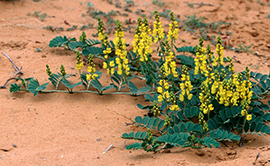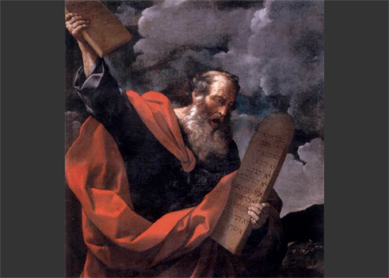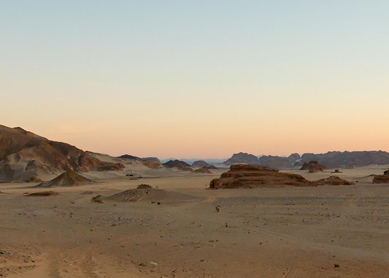Q. I am interested in the story of Moses and the burning bush. Is this entirely figurative or are there any situations where bushes in the desert undergo something physical like spontaneous combustion? Or was it glowing with reflected light?
A. I think that the story is closer to figurative than reflective of some odd (or impossible) occurrence, such as the spontaneous combustion of a bush. Indeed, the main point of the story is easy to miss in English translations. The Hebrew word sneh, translated as “bush,” is not the generic word for bush (si-ach), but a particular type of bush or bramble, most likely the multicolored Cassia obovata.
This particular word was chosen for the story since the Hebrew word sneh is almost identical with sinai, as in Mount Sinai. This is a classic case of prefiguration or hinting ahead, which is often used in the Bible. In other words, this scene with the revelation of the divine name to Moses at the sneh/burning bush foreshadows the giving of the law to the Israelite community on Mount Sinai—which was also accompanied by a great fire that did not consume (see
The initial chapters of Exodus contain many other examples of prefiguration; for example, the conflicts of Moses in chapter two with an Egyptian man, and later with an Israelite hint ahead to the role Moses would play later in the Torah as antagonistic to Pharaoh and the Egyptians, while also fighting with the Israelites.




